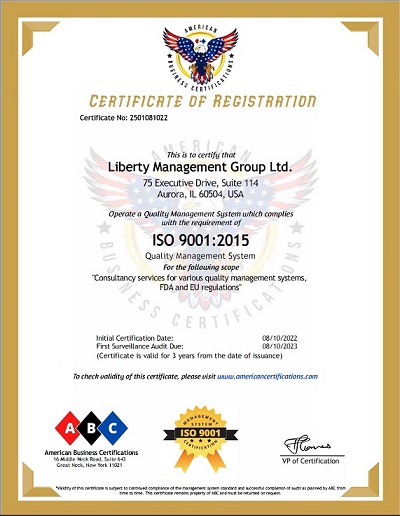ISO 9001 Certification – Process Interaction Chart
A process interaction chart, also known as a process map or flowchart, is a tool used in ISO 9001 to visualize the interactions between the processes within a Quality Management System (QMS). The purpose of the process interaction chart is to identify the relationships and dependencies between the processes, as well as to identify potential areas for improvement in the QMS.
The process interaction chart typically includes all the processes within the QMS, along with their inputs, outputs, and the interactions between them. The chart may also include information about the sequence of the processes, the responsible personnel or departments, and any applicable quality objectives or key performance indicators.
By using a process interaction chart, an organization can gain a better understanding of how the processes within the QMS work together, and can identify opportunities for improving process efficiency and effectiveness. It can also help ensure that all processes are aligned with the organization's quality policy and objectives, and that they are being properly monitored and controlled to ensure consistent and reliable product or service quality.
Here are some examples of process interactions in ISO 9001:
The process of purchasing raw materials interacts with the process of inventory management to ensure that adequate stock is maintained to meet production demands.
The process of product design interacts with the process of quality control to ensure that products meet customer specifications and requirements.
The process of customer complaints handling interacts with the process of corrective action to address the root cause of complaints and prevent a recurrence.
The process of employee training interacts with the process of performance management to ensure that employees have the necessary skills and knowledge to perform their job roles effectively.
The process of risk management interacts with the process of decision-making to identify and mitigate risks that may impact the organization's ability to achieve its quality objectives.
The process of internal auditing interacts with the process of management review to ensure that the quality management system is effective and meets the organization's objectives.
The process of document control interacts with the process of change management to ensure that changes to documents are controlled and do not impact the integrity of the quality management system.
How to get ISO 9001 Certification
Getting ISO 9001 certification is a long process; it may take a minimum of three to four months to complete the certification process. As an experienced ISO 9001 consultant , LMG can help you achieve the ISO 9001 certification process at a reasonable cost and a minimum timeframe.
ISO 9001 Certificate
The international organization for standardization (ISO) only develops the standards, and certification is not a requirement. Still, manufacturing and service companies require a document to present to their customers as evidence of ISO 9001 implementation. Third-party certification bodies issue the ISO 9001 certificate as evidence of ISO implementation after conducting an audit per ISO guidelines.
Our Services include.
LIBERTY MANAGEMENT GROUP LTD.
Chicago
75 Executive Drive, Suite 114
Aurora, IL - 60504
Phone : (630) 270-2921
Fax : (815) 986-2632
E-mail : info@libertymanagement.us

